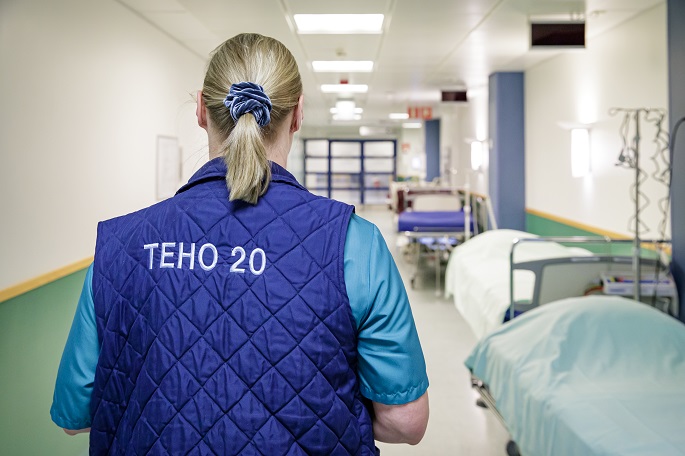Coronavirus infections slows down this week than last week
Published : 22 Oct 2020, 23:00
Updated : 22 Oct 2020, 23:01
For the past month, the number of new COVID-19 infections has risen significantly in Finland, but now the growth rate seems to have slowed down, said the Ministry of Social Affairs and Health and the National Institute for Health and Welfare (THL) on Thursday.
The percentage of positive samples of all tested samples has come down at national level compared to the previous week, said an official press release.
The number of new cases was 22.2 per 100,000 inhabitants in the past week (12–18 October). It was 29.2 per 100,000 inhabitants in the preceding week (5–11 October).
However, it is not possible to conclude yet how the epidemic will develop in the longer term.
Currently, the estimated basic reproduction number is 1.30–1.45, with a 90 per cent probability.
Some regions have been able to shorten the delays in the tracking of infections. At national level, however, the source of infection is unclear in roughly half of the new cases.
About one third of all new cases in Finland were reported among people already in quarantine.
However, there are regional differences: in the Vaasa Hospital District, a majority of new infections were still reported among people not in quarantine.
During the period of 12–18 October, people under 50 years of age accounted for about 80 per cent of all cases and people under 30 years of age for nearly 50 per cent of the cases.
People over 60 years of age accounted for less than 10 per cent of the new cases, while the share of people over 70 years of age was very low. People over 70 years of age are in the risk group because of their age, and it is still extremely important to protect the people at highest risk of severe illness.
During the period of 12–18 October, the majority of the new cases were of domestic origin, and only a small proportion (less than five per cent) were of foreign origin. Cases where the virus was contracted abroad led to only isolated instances of further infections in Finland, according to the monitoring report on the epidemic published on Thursday.
In around 40 per cent of cases with known source, the virus had spread within families. More than one in four cases were traced back to leisure activities, especially to private parties, social evenings and other gatherings among friends and family. One in five cases were traced back to workplaces, educational institutions and day-care centres.
Mass exposures were reported in fourteen hospital districts. Four hospital districts reported mass exposures in health and social services units. Around one third of all reported mass exposures occurred in day-care centres or educational institutions. These mass exposures in educational institutions resulted in only a few further infections. Further infections have also occurred in workplaces, recreational activities, private parties and restaurants.
On 21 October 2020, six areas reported having entered the acceleration phase. These areas are the Hospital Districts of Helsinki and Uusimaa, Kanta-Häme, Pirkanmaa, Southwest Finland and South Ostrobothnia and the Åland Islands. The Vaasa Hospital District reported having entered the community transmission phase. In all other hospital districts, the epidemic is at a stable level


